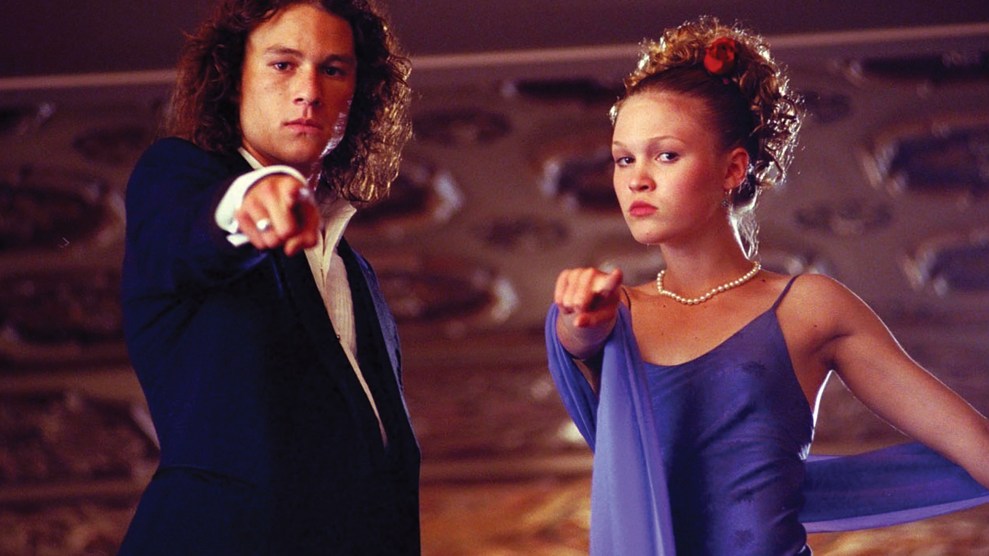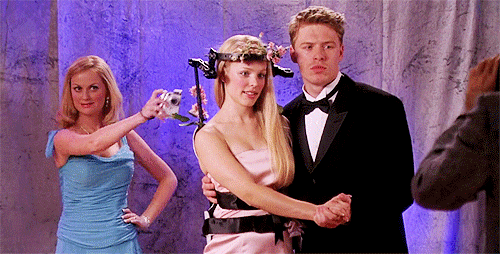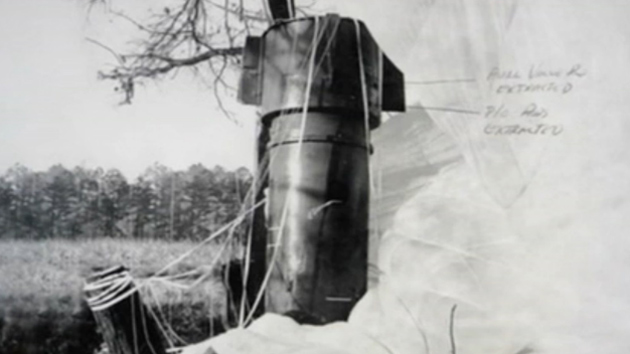
Heath Ledger and Julia Stiles in Ten Things I Hate About You.Touchstone Pictures
Do you remember how you were asked to your high school prom? (Or how you asked?) Maybe it was some cheesy romantic gesture. Or maybe it was a very informal conversation that took place near your locker between classes. Either way, it probably wasn’t documented and put online to become a viral hit. America’s prom tradition, instead of fizzling over the years, has only grown more sacred with time. From April to June, prom season reigns in high schools nationwide as juniors and seniors pair up, beautify, and ask older siblings to snag them some bottom-shelf booze to pass around at the after-party. But before party buses, $400 dresses, and hotel ballrooms were a thing, prom was just an annual dance that took place in the school gym under the watchful eye of teacher chaperones. With the season upon us, we decided to take a look back at the history of this peculiar institution.
1920s: The “democratic debutante ball” makes its high school debut. In theory, any student can attend a “promenade”—but teens of color are excluded thanks to Jim Crow and unequal access to education.
1930s: With the Depression in full swing, some Chicago principals cancel prom to ensure poor students aren’t “psychologically wounded.”
1950s: During the postwar boom, one advice book offers a warning: “Girls who [try] to usurp the right of boys to choose their own dates will ruin a good dating career.”
1960s: Despite the repeal of Jim Crow, white-only proms persist in the South.
1969: Jessica McClintock takes over dressmaker Gunne Sax and becomes America’s prom-dress queen, draping two decades of high school girls in “leg o’ mutton” styles—marked by puffy sleeves and corset bodices.

1974: In Stephen King’s Carrie, a telekinetic outcast terrorizes her classmates at the prom. Sissy Spacek stars in the 1976 film.
1975: First daughter Susan Ford hosts prom at the White House. “I was told that we had to choose a band that didn’t have any kind of drug charge,” one organizer recalled later. “It was pretty hard.”

1979: Police in Sioux Falls, South Dakota, show up to protect the first openly gay couple in prom history. “Many students came over and congratulated us,” one of the boys said, despite threats to “tar and chicken feather” the pair.
1980: A Rhode Island senior sues his school after his principal rejects his request to bring a male prom date. A federal judge sides with the boy.
1980s: Hollywood goes gaga for prom flicks, with Valley Girl (1983), Footloose (1984), Back to the Future (1985), and Pretty in Pink (1986).

1994: A biracial student in Wedowee, Alabama, sues her principal and school board after they threatened to cancel prom to keep interracial couples from attending.
1997: Actor Morgan Freeman offers to cover the cost of a prom in Charleston, Mississippi, so long as all races can attend. No such luck. The city’s proms remain segregated for 11 more years.
2009: Students at Fairfax High in Los Angeles pass over eight girls to select a gay senior boy as prom queen. “Tears were almost falling down my face,” a jubilant Sergio Garcia tells ABC News.

2013: A group of girls from Georgia’s Wilcox County High holds an all-inclusive prom, eschewing the segregated affairs. The school makes it official in 2014. “The adults should have done this many, many moons ago,” notes the mother of one of the girls.
2016: #promposal is the hot Instagram meme: One student gets a cop to pull a girl over and hand her a “ticket”—his prom invite. Another takes his girlfriend to a gun range, with “yes” and “no” targets set to go.
Others are more creative in design:















